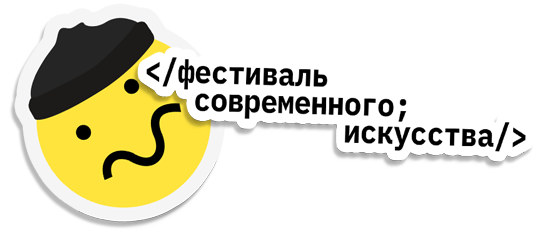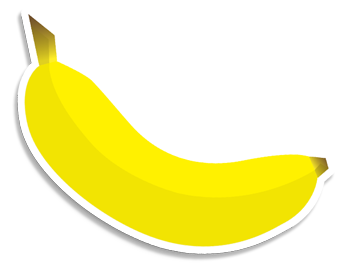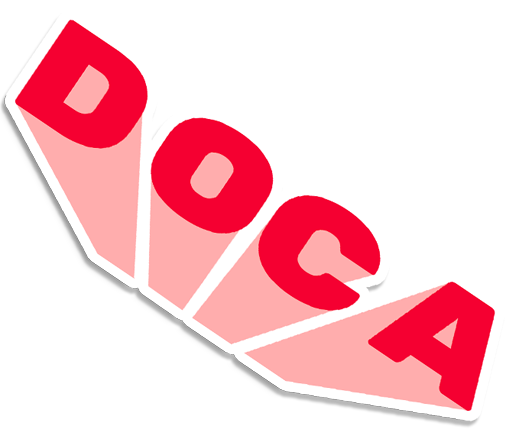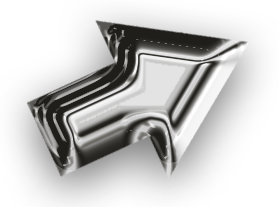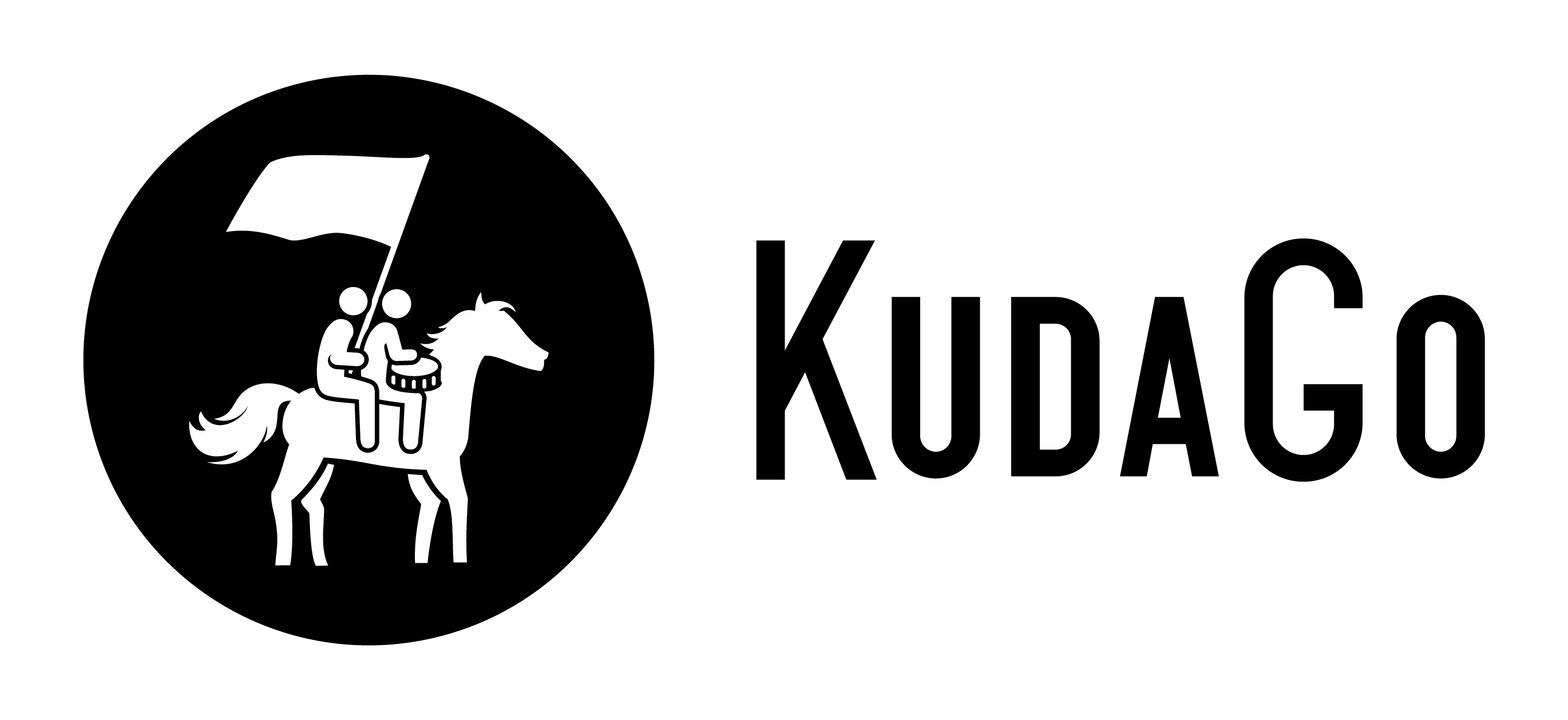|
Куба Снопек о моделях девелоперского искусства в пространстве «Креативного города» 16 декабря на DOCA-talk, в рамках знакомства с проектами модернисткой архитектуры, состоялась лекция градостроителя Кубы Снопека. Куба Снопек – один из самых известных исследователей архитектуры модернизма. Выпускник Вроцлавского технологического университета и института «Стрелка». Работал в России, Украине, Дании, США и др. В его биографии сотрудничество с Ремом Колхасом, Бьярке Ингельсом, авторство книги «Беляево навсегда», изданной на многих языках и соавторство в издании «Архитектура 7 дня». В настоящее время архитектор работает над экспериментальным проектом в Окланде, в партнерстве с местной организацией, поддерживающей современное искусство. Участникам образовательной программы фестиваля DOCA Снопек представил проект «Real state art» или «Девелоперское искусство», в котором он переосмысливает модели инвестирования в искусство и предлагает свою модель, способствующую сохранению художественного сообщества в городской среде и помогающую инвесторам и градостроителям пересмотреть свои отношения с искусством, тем самым повысить стоимость их собственности в долгосрочной перспективе. Тема взаимодействия искусства public art и застройщика заинтересовала Снопека после его знакомства с урбанистической культурой США, где традиции внедрения искусства в городское пространство существуют десятилетия и, при этом, остаются неисследованной областью. На примере создания т. н. «Кретивного города» архитектор объяснил почему нельзя неинвестируя в искусство получить экономически развитый креативный город. И обозначил основные проблемы, связанные с такого рода проектами. Ежегодно застройщики инвестируют миллиарды долларов в паблик-арт, но последствия этого огромного вклада обескураживают. Ожидания девелоперов и муниципалитета рознятся, художники покидают город, в связи с его подорожанием. И это только одна из причин, почему такой способ инвестировать в искусство неработает. По его представлению, девелоперов вкладывающих в искусство можно поделить на на два типа – тех, что строят быстро, чтоб продать и тех, что строят для себя. Эффективность работы второй модели явно выше. Подход предпринимателей-застройщиков зачастую определяется законом, принятым в США еще в 50-гг - «Процент на искусство»: любой застройщик должен определенный процент инвестировать в искусство. По мнению Снопека, такой подход явно устарел и всегда предсказуем. Вместо того, чтобы механически производить все больше предметов искусства, «застройщики должны взять на себя роль покровителей искусства и усовершенствовать существующий нынешний подход к искусству в сфере недвижимости». Продемонстрировав схему соотношения бюджета на искусство в зависимости от вида искусства, архитектор привел примеры нерабочих проектов паблик арт в городе, когда художник окружен условиями близкими к цензуре, и неуместность выбранного пространства порождает «мертвые объекты». На примере исторических построек Лондонского «Ковент Гардена» и Нью-йоркского «Сигрем билдинг» Куба рассказал о второй, эффективной модели создания городского пространства, где сотрудничество архитектора, художника и застройщика рождает проект рассчитанный на долгие годы, при этом обладающий живой и гибкой системой. По его мнению, залогом идеального существования эффективной модели по-настоящему «Креативного города» будет объединение людей, заинтересованных в проекте с разных сторон. Влияние пространства на людей должно управляться, организовываться, быть живым. Создание этого требует времени, исследования локальной культуры и организаций. Только правильно спроектированное пространство и организация, которая им управляет, вместе, могут создать пример города, в котором будет соблюден баланс высокого уровня экономики и эстетического вкуса. Пресс- секретарь Баранова Ольга
|
Kuba Snopek on Models of Real State Art in the Creative City’s Space On December 16, a lecture by urban planner Kuba Snopek took place at DOCA-talk as part of an introduction to projects of modernist architecture. Kuba Snopek is one of the most famous researchers of modernist architecture. He is a graduate of the Wrocław University of Technology and the Strelka Institute in Moscow. He has worked in Russia, Ukraine, Denmark, USA, etc. Mr. Snopek’s biography includes collaboration with Rem Koolhaas and Bjarke Ingels and the authorship of the book titled Belyaevo Forever published in many languages. Kuba Snopek is also a co-author of the book named Day-VII Architecture. The architect is currently working on an experimental project in Oakland in partnership with a local organisation supporting contemporary art. Mr. Snopek presented his project named Real State Art to participants of the educational programme of the DOCA festival. Within the project, the author rethinks art investment models. He offers his model to help preserve the art community in urban environments and help investors and city planners rethink their relationship with art, thus increasing the long-term value of their properties. The topic of interaction between public art and the real estate developers interested Snopek after acquainting with the urban culture of the United States. The tradition of introducing art into urban space has existed in the USA for decades and yet remains an unexplored area. Using the example of the creation of the so-called Creative City, the architect explained why it is impossible to have an economically developed creative city without investing in art. Kuba Snopek outlined the main problems of such projects. Every year, developers invest billions of dollars in public art but the consequences of this tremendous contribution are discouraging. The expectations of developers and the municipality are different. Artists are leaving the city because of its rising costs. That’s only one reason why this way of investing in art doesn’t work. In Mr. Snopek’s opinion, art developers can be divided into two types: those who build fast to sell and those who build for themselves. The effectiveness of the second model is clearly higher. The approach of the developers-entrepreneurs is often determined by the Percent for Art programme passed in the United States back in the 1950s. In accordance with it, any developer must invest a certain percentage of money in art. From Kuba Snopek’s point of view, this approach is clearly outdated and always predictable. Instead of mechanically producing more and more art, “developers should take on the role of patrons of the arts and improve the current approach to art in the field of real estate”. Demonstrating a scheme of the ratio of the budget for art depending on the type of art, the architect gave examples of dysfunctional public art projects in the city. There the artist is bound by conditions close to censorship and the inappropriateness of the chosen space generates ‘dead objects’. Using the example of the historic buildings of London’s Covent Garden and New York’s Seagram Building, Kuba Snopel spoke about the second model of creating urban space, the effective one. The collaboration of the architect, the artist, and the developer creates a project that will last for years and have a living and flexible system at the same time. In his opinion, the key to the perfect existence of the effective model lies in uniting people having a multi-sided interest in the project. Influence of space on people must be managed, organised, and ‘be alive’. Ensuring such conditions requires time and research of local culture and organisations. Only a combination of a properly designed space and an organisation that manages it can create an example of a city that will balance a high level of economy and aesthetic taste. Olga Baranova DOCA Press Secretary Translated by Nikolay Gavrilov
|
 2020
2020



















